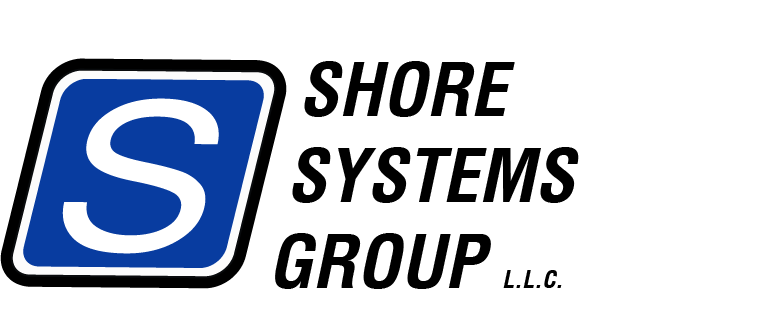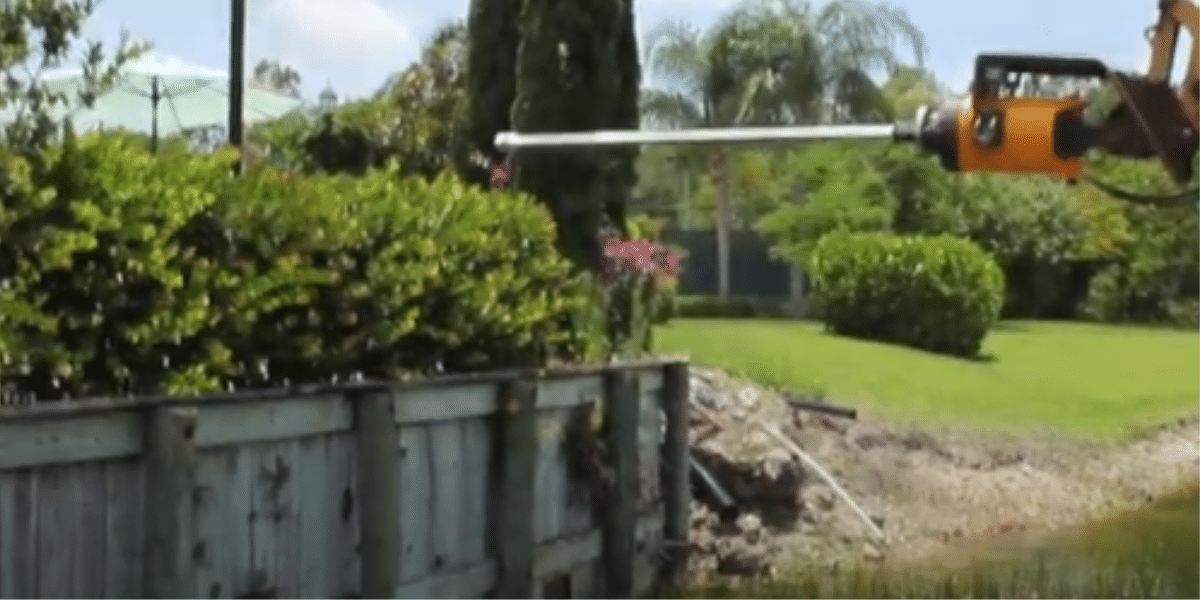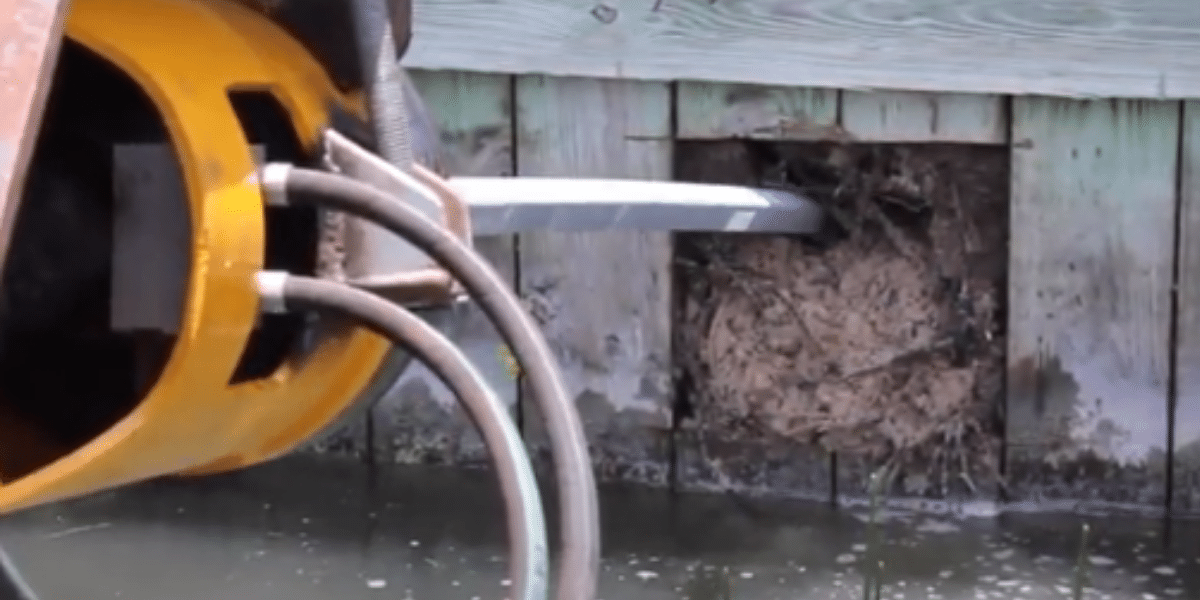Helical Anchors for Marine Construction & Repair
Marine construction like we have in New Jersey are difficult construction projects. Projects like repairing failing seawalls, deep condo foundations at water's edge to installing piling on tidal marsh areas, helical screw pilings or anchors may be the answer you are looking for to solve your marine foundation, bulkhead, dock or seawall problems. Marine, structural and civil engineers have favored screw piles in recent years for their coastal construction projects.
Seawalls are perhaps the most effective way to prevent erosion. These marine structures are a form of defense that is built along the shoreline. Bulkheads protect land, property and infrastructure from coastal flooding and erosion because of tidal water movements.
Let’s look at how screw piles can be used by bulkhead repair contractors for marine construction.
Seawall & Bulkhead Construction & Repair
Constructing, repairing or renovating marinas, bulkheads and seawalls structures is an important part of coastal construction projects. Marine builders, developers and property owners should consider helical piles for their foundations, retaining walls and earth containment projects.
Today many geotechnical engineers are recommending the use of helical screw pile anchor systems. The expense of galvanized helical pilings are less than that of timber, steel, or concrete. Helical piling and tie-back screw anchors have excellent durability for marina projects. In most cases, the screw anchors can be driven beneath existing structures, landscaping and underground utilities along waterfront properties. Reducing remedial costs or mass excavations.
Bulkheads are a part of waterfront living. They protect your land from erosion. They can also give you water depth right at the shoreline. But, they are not without maintenance. Sinkholes behind seawalls and leaning bulkheads are common failures where water meets land.
While the sinkholes are caused by leaking soil through the sheathing of your wharf, the leaning seawall can be fixed or repaired with helical screw tie backs.
Most Common Reason Your Bulkhead is Leaning is Tie-Back Failure.
Helical Piles and Earth Anchors
The concrete or steel deadman has moved or shifted,
The tie back rods or cables are rotten or gone.
Helical anchors are perfect to stabilize leaning seawalls, reinforcing bulkheads and they won’t need any extensive excavations to do it. Some times the helical pile driving excavator is put on a barge to run the screw piles into the earth or in some cases through timber or sheet piling walls.
Important Note: The earth that is pushing the wall out is also the dirt that is holding up structures near the seawalls. With screw piles, the structures, such as walkways, boardwalks, homes or other buildings won’t be disturbed while the bulkhead is being repaired.
Helical Piles Are A Cost Effective Bulkhead Construction Method
Bulkhead or seawalls in steel, vinyl, or concrete cost per foot ranges from $200 to over $1200 per foot. A wood/timber bulkhead or wharf can cost $200 to $600 per linear foot or more depending on the project. So make sure the tie-back system works, helical screw anchors are a way to ensure your wall lasts as long as it should without repairs.
To repair or reinforce concrete seawalls, steel sheet piles, boardwalks, boat docks, and bulkheads, Helical marine anchors can be used. We may also use these helical marine anchors when building a new bulkhead. For new construction, helical anchors are superior to the use of concrete deadmen and are more cost effective.
Conclusion
If you have a leaning bulkhead you should look into getting a consultation on using helical earth anchors to repair your seawall. With new construction along the coast, it would be a benefit to you to see how helical piles can be used on your project. Get a FREE helical pile/earth anchor consultation today from a leading pile contractor, like Shore Systems Group.






